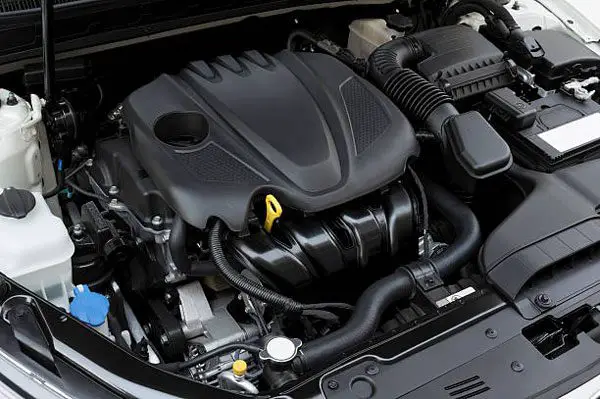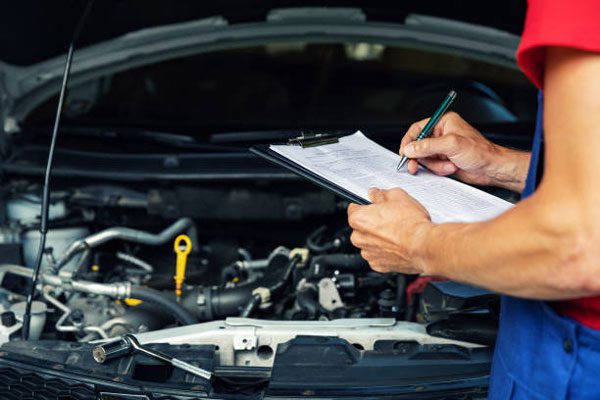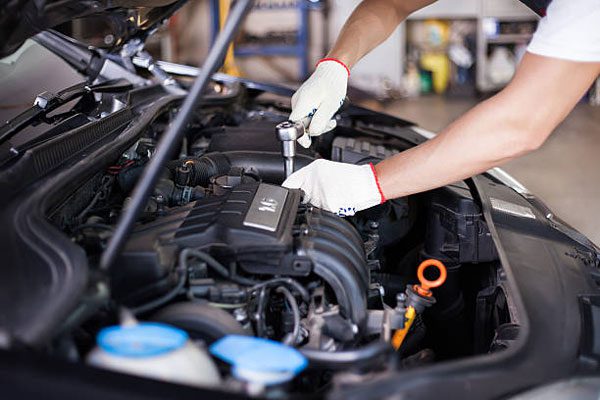Adding coolant is one of the ways to keep cars safe from overheating. But it doesn’t always fix it. Other than coolant issues that can cause car overheating, several reasons must be appropriately addressed before they damage more.
So, why does my car still overheat after adding coolants? Common causes of overheating include leaks in the cooling system, a faulty thermostat, problems with the radiator fan, or a dirty radiator. You may need to repair or replace parts to fix the issue.
This article explores the mystery of car overheating, even when it’s not a coolant issue, and how to identify, manage and prevent this.
Why Does Your Car Overheat Even After Adding Coolant?

Cars are designed to regulate their engine temperature within a specific range. However, at times, even after adding coolant, the engine may still overheat. In this section, we’ll discuss the most common reasons for this issue.
Leaks in the Cooling System
One of the most common reasons cars overheat is a leak in the cooling system. The leak can be in the radiator, water pump, or hoses connecting these components. The engine cannot regulate its temperature when coolant leaks out, resulting in overheating.

Faulty Thermostat
The thermostat is responsible for regulating the flow of coolant into the engine. If the thermostat is faulty, it may not open properly, leading to limited coolant flow, obstruction, and overheating.
Clogged Radiator
A clogged radiator can cause a reduction in the flow of coolant, leading to engine overheating. Dirt, debris, and rust can accumulate in the radiator. Consequently, despite the amount of airflow is normal, radiator will not be functioning because its gunked up.

Overworked Radiator Fan
The radiator fan is responsible for blowing air over the radiator to dissipate heat. If the fan is overworked, it may fail, leading to a buildup of heat and engine overheating
Malfunctioning Water Pump
The water pump circulates the coolant through the engine and the radiator. Any abnormalities of the water pump may lead to failure of the water pump to circulate the coolant efficiently. Eventually, overheating ensues.
Engine Overload
Overloading the engine can lead to overheating. This can occur when the engine is used for heavy-duty tasks such as towing or if the car is driven in extreme temperatures. The increased load can cause the engine to work harder and generate more heat, leading to overheating.

Blown Head Gasket
A breached head gasket can push the temperature gauze to go up. The idea here is coolant circulating to places where it should not be.
Warning Signs Of Overheating
Engine overheating can cause severe damage to your car if not addressed promptly. Knowing the warning signs of engine overheating is essential so you can take action before it’s too late.

The followings are the warning signs you should understand your car is overheating while noticing them.
- Warning Light
- Steam from the Engine Compartment
- Sweet Smell of Antifreeze
- Grinding or whining noise in case of malfunctioning water pump
- Decreased Engine Performance
- White/ Creamy Oil
- High Engine Temperature
How To Fix Overheating Issues
If your car is overheating, it is essential to take action immediately to prevent severe damage to your engine. In this section, we’ll discuss five ways you can fix overheating issues.

Cleaning the Radiator
A clogged radiator can cause the engine to overheat. Cleaning the radiator is a simple process. Here are the steps to clean the radiator:
- Locate the radiator drain valve.
- Open the drain valve to allow the coolant to drain into a container.
- Remove the pressure cap from the radiator.
- Use a radiator cleaning solution and a brush to clean the radiator.
- Rinse the radiator thoroughly with water.
- Refill the radiator with a 50/50 mixture of coolant and water
Fixing the Radiator Fan
The radiator fan helps to keep the engine cool by pulling air through the radiator. If the radiator fan is not working correctly, it can cause the engine to overheat. Here are the steps to fix the radiator fan.
- Disconnect the electrical connection to the radiator fan.
- Remove the fan from the engine.
- Replace the fan with a new one.
- Reconnect the electrical connection to the radiator fan.
Replacing the Thermostat

Here are the steps to replace the thermostat:
- Locate the thermostat housing
- Remove the hose from the thermostat housing
- Remove the bolts from the thermostat housing
- Replace the thermostat with a new one
- Reinstall the bolts and hose to the thermostat housing
Repairing Leaks in the Cooling System
A leak in the cooling system is one of the most common causes of overheating. It must be repaired as soon as possible if you’ve found a leak. To address this issue
- Search for the leak in the cooling system
- Clean the area around the leak
- Apply a sealant to the leak
- Allow the sealant to dry completely
- Refill the cooling system with a 50/50 mixture of coolant and water
Replacing Head Gasket

If overheating is due to a blown head gasket, replace it.
- At first, drain the coolant
- Remove the head
- Clean the head and engine block
- Now, install the new gasket after removing the old one
- Reinstall head and other components
- Finally, fill with coolant
Resolving Engine Overload
Engine overload is another common cause of overheating. If the engine works too hard, it can cause the engine to overheat. Here are the steps to resolve engine overload:
- Determine what is causing the engine to work too hard
- Replace any worn or damaged parts
- Tune the engine to improve its performance
Prevention And Maintenance Tips
Preventing engine overheating is much easier than fixing it. Here are some tips to keep your car running smoothly and avoid engine overheating issues:

Regular Coolant Flushes
Flushing your coolant system regularly helps remove any built-up rust, corrosion, or mineral deposits that could clog your radiator or other cooling system parts. It is recommended to have a coolant flush performed every two years or 24,000 miles, whichever comes first.
Monitoring Engine Temperature
If you notice any spikes or sudden drops in temperature, it could indicate a potential issue with your cooling system. Regular monitoring will allow you to catch any problems before they become more serious.
Checking Hoses and Belts
Inspect your hoses and belts for cracks, bulges, or signs of wear. Replace any damaged hoses and belts immediately to prevent a potential engine overheating issue. This is especially important for the drive belt, which powers the water pump.
Replacing Worn Engine Parts
Worn engine parts can cause a range of issues, including engine overheating. Regular maintenance and replacement of worn parts such as spark plugs, filters, and oil will help keep your engine running smoothly and prevent overheating issues.

Maintaining the Radiator
Following these tips, you can help keep your radiator in good working order and prevent potential overheating issues.
- Check the Radiator Regularly
- Keep the radiator clean from any dirt and debris
- Monitor Radiator Pressure
FAQs
Here are some lingering questions and answers about cars still overheating after adding coolants.
An overheating car should not be driven for any distance as it can cause severe damage to the engine. It is recommended to pull over as soon as you notice any signs of overheating.
The time an engine can overheat before damage occurs depends on several factors, such as the engine’s age, condition, and cooling system efficiency.
Overheating for more than a few minutes can damage cylinder heads, head gaskets, and bearings.
Low oil levels can cause damage to the engine and may also lead to overheating. When oil levels are low, the engine will not function efficiently, leading to excessive heat generation and the potential for overheating.
The Bottom Line
Car overheating can be frustrating, even if you add coolant to the system. To prevent overheating, it is important to regularly flush the coolant, monitor the engine temperature, check hoses and belts, and keep the engine load to a minimum.
It is also recommended to keep basic tools and supplies in your trunk in case of an emergency. Overall, understanding the warning signs and causes of engine overheating and taking preventive measures can help you avoid costly repairs and ensure the longevity of your vehicle.
